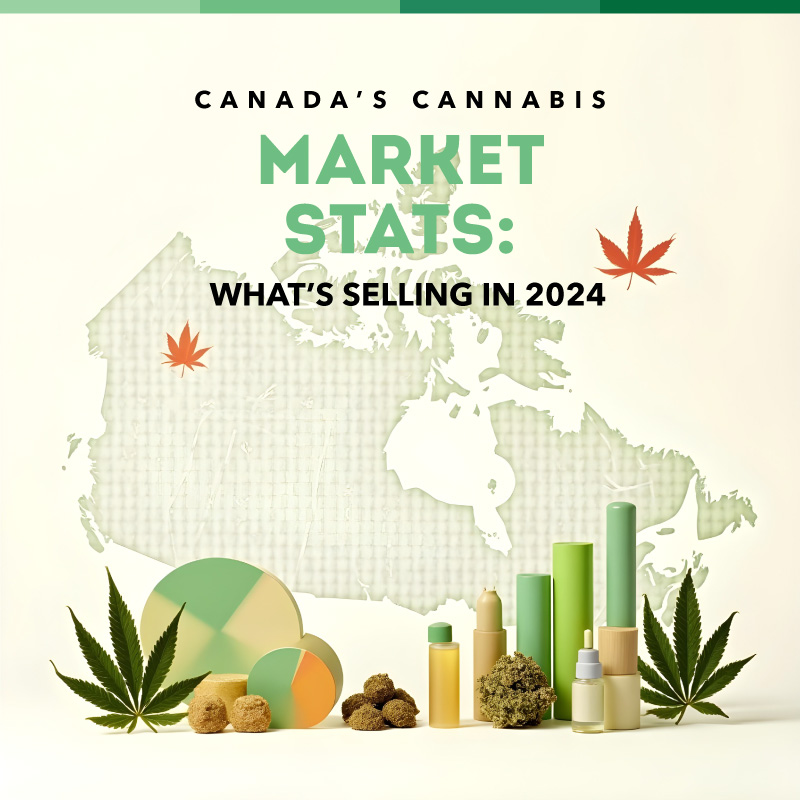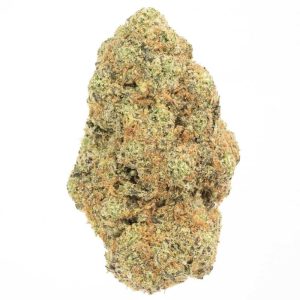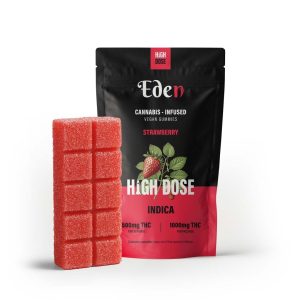
Blog
Canada’s Cannabis Market Stats: What’s Selling in 2024

Canada’s cannabis market continues to grow — not just in size, but in consumer sophistication. With total sales hitting $5.2 billion and more than 21 million packaged units sold, the market is maturing — and consumers are increasingly buying for effects, convenience, and experience.
This report breaks down key market segments, trendlines, and growth opportunities — integrating data from Statistics Canada, Health Canada, and the U.S. cannabis market for comparative forecasting.
Table of Contents
💰 Sales & Unit Volume Snapshot
| Product Type | % of Sales | $ Estimated | Units Sold |
|---|---|---|---|
| Dried Cannabis | 61.3% | $3.19 B | 10.8 M units (51% of total) |
| Inhaled Extracts | 29.3% | $1.52 B | 5.0 M units (24%) |
| Solid Edibles | 4.3% | $224 M | 5.2 M units (25%) |
| Ingested Extracts | 3.1% | $161 M | Included above |
| Beverages | 1.6% | $83 M | Counted within edibles |
| Other Products | 0.4% | $21 M | Topicals, seeds, etc. |
🌬️ Extracts: Vape Pens and Concentrates Surge

Inhaled cannabis extracts — which include vape pens, hash, rosin, wax, and shatter — remain the fastest-growing category in Canada, with sales rising +31.4% year-over-year. This surge is largely driven by the popularity of vape products, especially newer formats like disposable pens that offer all-in-one convenience without the need for charging or maintenance.
Vapes appeal to both casual and experienced users for their portability, potency, and discretion. Unlike traditional flower or edibles, they deliver fast-acting effects with minimal smell — ideal for on-the-go or low-profile use. As preferences shift toward ease and effect-based consumption, vape pens have become the go-to option for many Canadians.
A key evolution in this space is the increasing availability of high-quality extracts within vape products. Consumers can now find vapes infused with live resin, liquid diamonds, and even solventless rosin — offering a more full-spectrum experience with rich terpene profiles and enhanced effects. These premium options go beyond distillate, catering to connoisseurs who value flavour, authenticity, and entourage effect.
In the U.S., where regulations are more flexible, vape cartridges and concentrates already represent over 42% of cannabis sales. Canada is quickly catching up as consumer demand shifts from flower to clean, curated, and convenient formats. With ongoing innovation and wider extract variety available in vape form, this category is well-positioned to lead the next phase of cannabis product growth.
🌾 Dried Cannabis: Pre-Rolls Rise as Flower Stalls

“Dried cannabis” includes both loose flower and pre-rolls, which show very different trajectories:
- Loose flower is declining in both Canada (-10%) and the U.S. (-16%).
- Pre-rolls are booming — +38% YoY growth in Canada, +12% in the U.S.
Why pre-rolls are winning:
- 📦 Convenience – no grinder or rolling skills needed
- 💨 Consistent dosing – great for new users and tourists
- 🌿 Premium formats – live resin, kief, and hash-infused options
Expect dried flower’s dominance to continue declining, while pre-rolls gain share.
🍬 Edibles: Strong Demand, Regulatory Bottlenecks

Edibles are a growing segment, making up 25% of packaged units sold, but only 4.3% of total cannabis revenue. This is largely due to Canada’s strict THC limits (10mg per package), which curb repeat purchases and average cart value.
By contrast, the U.S. allows 100mg+ packages in many states, and edibles represent 7.36% of total cannabis spending there. In Canada, the limitations force brands to get creative — with the type of extracts they use, minor cannabinoids (CBN, CBG), and fast-acting nano edibles gaining traction.
Despite the constraints, Canadian consumers are clearly interested — and regulatory reform could unlock much greater growth.
📉 Growth Snapshot: Canada vs. U.S. (YoY Sales Trends)
| Category | Canada YoY | U.S. YoY |
|---|---|---|
| Concentrates | -14% | +10% |
| Edibles | +22% | +10% |
| Flower | -10% | -16% |
| Oil | +19% | +5% |
| Pre-rolls | +38% | +12% |
| Vape Pens | +11% | +8% |
💸 Government Revenue & Domestic Advantage
In 2023–2024, Canadian governments earned approximately $68 per legal-age person from cannabis sales — still well below alcohol’s $418, but a reliable and growing source of tax revenue. These funds, collected through excise taxes, provincial markups, and HST/GST, help support public services like healthcare and education.
Provinces manage distribution differently — with government-run stores in Ontario and Québec, and private retailers in Alberta and B.C. Regardless of the model, all levels of government benefit as the legal market continues to draw consumers away from the illicit supply.
A key strength of Canada’s cannabis industry is its domestic supply chain. Most cannabis is grown, processed, and packaged locally, ensuring quality control while supporting licensed producers and retailers nationwide.
🔮 Looking Ahead
- 📦 Expect continued growth in pre-rolls, especially with infused options and innovative multi-strain blends leading the charge.
- 🌾 The market share of dried flower is likely to keep declining as convenience and variety drive consumers toward other formats.
- 🍬 Increasing consumer demand may put pressure on regulators to revisit Canada’s strict 10mg THC edible limit, especially as edibles gain popularity.
- 🎯 The shift will accelerate toward functional, high-quality, and discreet products like vape pens, live resin gummies, and ready-to-use pre-rolls.
✅ Final Thoughts
The Canadian cannabis market is at a turning point. With $5.2 billion in sales and over 21 million packaged units sold in 2023–2024, consumer preferences are clearly shifting. While dried flower continues to dominate the numbers, it’s losing ground to more convenient, innovative, and experience-driven formats like vape pens, pre-rolls, and edibles.
Pre-rolls are rapidly rising as a top choice for convenience and consistency, while vapes and inhaled extracts continue to see double-digit growth thanks to their potency and discretion. Meanwhile, edibles remain under-leveraged in Canada due to the 10 mg THC limit, yet their unit sales and YoY growth show that demand is strong — and likely to explode if regulations ease.
Looking ahead, we expect the market to follow the U.S. trend toward format diversity, effect-based products, and minor cannabinoid formulations. Brands that focus on innovation, user experience, and regulatory compliance will be best positioned to lead in Canada’s next phase of growth.
In short, the cannabis consumer is evolving — and the market must evolve with them.
